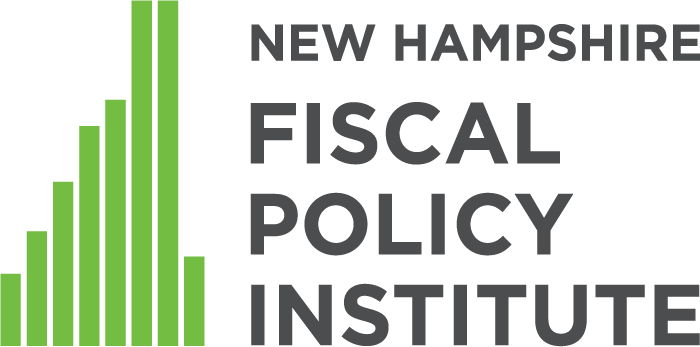Our Affordability Eroded report prompted lots of questions from readers. We answer some of them here, including why inflation-adjusted food and gas prices look lower over the decade and why 2015 budgets stretched further than 2024 budgets.
October revenues dropped $12.2M below target, driven by the repeal of NH’s Interest & Dividends Tax and a wave of taxpayer refunds. Read Phil Sletten’s full breakdown of what’s behind the numbers and what it means for the state’s fiscal outlook.
Up to 76,000 New Hampshire residents faced disruptions to critical SNAP benefits on November 1 because of the federal government shutdown. Read our analysis and explore our interactive map.
On the last Friday of each month, the New Hampshire Fiscal Policy Institute’s research team shares a curated list of books, research papers, podcasts, and more that are helping to shape our understanding of the economic wellbeing of the Granite State and beyond. Here are our picks for October 2025.
State revenues in September fell below expectations, with business tax receipts, which make up more than a third of New Hampshire’s core revenue, continuing to underperform. Overall, the first quarter of the fiscal year ended $17.2 million (3%) below plan. While lottery revenues showed some strength, the broader outlook indicates sluggish growth and potential challenges ahead for the state budget.
As New Hampshire home prices climb more than 275 percent higher than a generation ago, the New Hampshire Fiscal Policy Institute is unpacking how the state’s housing crisis is reshaping families, communities, and the economy in a new episode of New Hampshire Uncharted.
